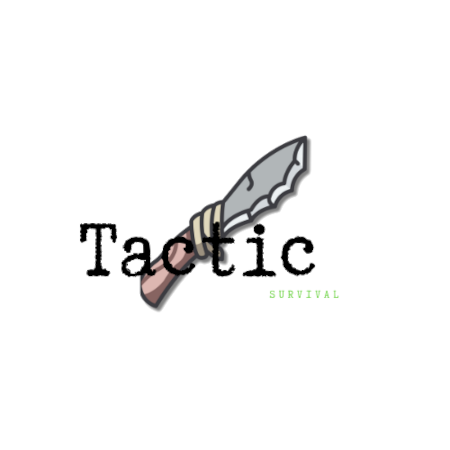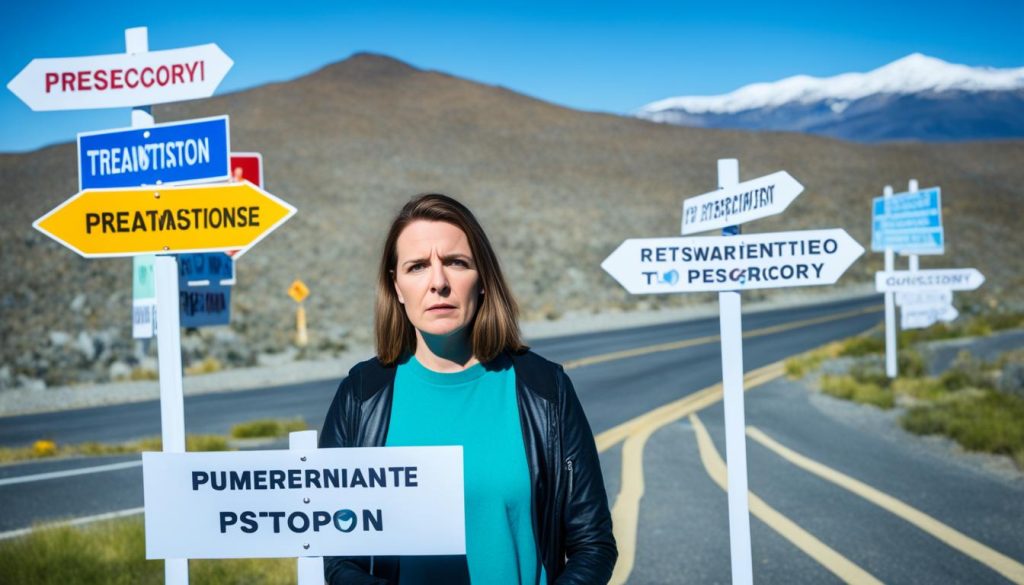After a disaster or traumatic event, about 8 million adults in the U.S. get PTSD. It’s key for these individuals to fight PTSD and improve their lives.
Many ways can help cope and treat symptoms to heal. This article covers coping skills, treatments, and support strategies after trauma. It focuses on self-care, therapy, and finding support.
Key Takeaways:
- After a traumatic event or disaster, approximately 8 million adults in the United States develop PTSD.
- Managing PTSD is crucial for individuals to navigate their journey to recovery.
- Effective methods for managing post-traumatic stress include coping skills, treatment options, therapy techniques, and support strategies.
- Self-care techniques, such as maintaining a healthy lifestyle, exercise, and sleep, can help individuals cope with PTSD.
- Therapy techniques like cognitive-behavioral therapy (CBT) and eye movement desensitization and reprocessing (EMDR) can address PTSD symptoms.
Coping Skills for Managing PTSD
It’s crucial to have strong coping skills for PTSD. These can guide someone through post-traumatic stress and support their recovery.
Self-Care Methods
Self-care is vital for dealing with PTSD. A big part of this is living healthy. This means eating well, staying hydrated, and not using too much alcohol or drugs.
Regular Exercise
Exercise does wonders for the body and mind, especially for those with PTSD. It lets out endorphins, which lift your mood naturally. Pick activities like walking, jogging, swimming, or yoga to do every day.
Sleep Hygiene
Good sleep is crucial for body and mind recovery. A set bedtime routine and a calm sleep space can help a lot. Also, try not to do exciting things right before bed to get better sleep and lower stress.
Trauma Healing Techniques
Healing techniques for trauma are also key in dealing with PTSD. They aim to lessen stress and anxiety linked to tough experiences.
Deep Breathing Exercises
Deep breaths are perfect for calming stress. Focusing on breath coming in and out can bring a sense of peace. This cuts anxiety and helps regain control.
Mindfulness Meditation
Mindfulness meditation is about living in the moment without judgment. You get to watch your thoughts and feelings, which leads to understanding and less reaction to trauma triggers.
Journaling
Writing is a great way to reflect and express your feelings. It lets you put down what’s in your mind and heart about the trauma. This can offer emotional clarity and help in seeing your progress of getting better.
“Coping skills such as self-care methods and trauma healing techniques are essential for managing PTSD and promoting healing.”
| Coping Skills | Description |
|---|---|
| Self-Care Methods | Maintain a healthy lifestyle, engage in regular exercise, and prioritize sleep hygiene. |
| Trauma Healing Techniques | Practice deep breathing exercises, mindfulness meditation, and journaling. |
Treatment Options for PTSD
Many treatments can help people with PTSD feel better. It’s important to talk to professionals for the best plan. They provide the right kind of support and care.
Cognitive-behavioral therapy (CBT) is a top choice. It helps you find and change bad thoughts and actions linked to the trauma. CBT also teaches skills to deal with symptoms. It helps you think and act in healthy ways when you’re upset.
Eye movement desensitization and reprocessing (EMDR) is also effective. EMDR uses eye movements to process bad memories. The goal is to make these memories less painful. This helps in healing emotionally from the trauma.
For some, medicines can be part of their treatment. Doctors might prescribe drugs to handle anxiety, depression, or sleep problems. These can help alongside therapy for a full treatment plan.
Mental Health Resources for PTSD
There are many other ways to get help for PTSD. Support groups, online forums, and helplines are always there for you. They offer advice, comfort, and a chance to connect with people who understand.
Each person’s experience with PTSD is different. What works for one may not for another. The key is to keep trying different resources and treatments till you find the right ones for you. Don’t be afraid to reach out for support. It’s the first step towards feeling better.
Therapy Techniques for PTSD
Therapy techniques play a key role in dealing with post-traumatic stress disorder (PTSD). One popular method is cognitive-behavioral therapy (CBT). It looks at the link between what we think, feel, and do.
CBT helps spot and challenge bad thoughts and behaviors that come from trauma. By working on these links, people can find better ways to handle their stress.
Cognitive Processing Therapy (CPT) is also helpful for PTSD. It aims to change wrong beliefs from trauma, like feeling guilty or at fault. After a number of guided sessions, CPT helps create a more fair view of tough experiences, cutting down on stress.
Cognitive Therapy (CT) specifically focuses on bad memories and pessimistic thoughts related to trauma. It tries to find and challenge the negative mental images after the trauma. The goal is a shift to more positive and truthful views of oneself and the world.
Prolonged Exposure (PE) therapy tackles the urge to avoid memories or situations linked to trauma. It gently brings out and deals with these tough memories. This can lower the need to avoid things, easing PTSD symptoms with time.
Eye Movement Desensitization and Reprocessing (EMDR) is promising for PTSD treatment too. It uses eye movements or other back-and-forth movements to help process and calm down distressing memories. EMDR works to lessen the pain and emotional impact of trauma, fostering better responses.
Support Strategies for PTSD Recovery
Having a strong support system is key for those dealing with PTSD. This support can be from family, friends, or health professionals. Joining peer support groups or talking with others who have shared your trauma brings a feeling of being understood. Remember, it’s important to ask for help when you need it. Professional help is always there if and when you need it. You can also find support through mental health resources like hotlines and online forums.
A reliable support system really helps in recovering from PTSD. Whether it’s family, friends, or professionals, you should not go through this alone. Loved ones offer comfort and understanding that makes facing PTSD’s challenges more bearable.
Support groups designed for people with PTSD can make you feel less alone. Connecting with those who share your experiences offers a space for mutual sharing. Here, you can learn new ways to cope and gain advice. This goes for both in-person groups and online communities. These avenues allow you to connect with people from all over, offering various viewpoints.
While the support of close ones and peers is essential, professional help is just as key. Mental health professionals are trained to help you work through PTSD. They use specific therapies and create personalized plans to address your needs. It’s a way to have a dedicated space to explore your feelings and experiences in a safe environment.
Remember, seeking help isn’t a sign of weakness. It’s a brave step towards looking after yourself and your mental well-being.
There are many mental health resources to assist those on the road to recovery. Hotlines and online forums are there for immediate help or to offer a listening ear. Online, you can find communities where you can share, seek advice, and find comfort knowing that others are going through similar experiences.
Support Strategies for PTSD Recovery:
- Build a strong support system of family, friends, and professionals
- Engage in peer support groups to connect with others who have experienced similar trauma
- Seek professional help from mental health professionals
- Utilize mental health resources such as hotlines and online forums
With the correct support strategies, recovery from PTSD is possible. These methods focus on emotional wellness, guiding you towards healing with confidence.
Conclusion
Dealing with post-traumatic stress after emergencies is crucial for recovery. By learning good coping skills and seeking help, one can better handle PTSD symptoms. It’s vital to take care of yourself, get professional help if needed, and have strong support.
These steps help people manage their PTSD, taking charge of their healing journey. With the right strategies and support, recovery is indeed possible.


